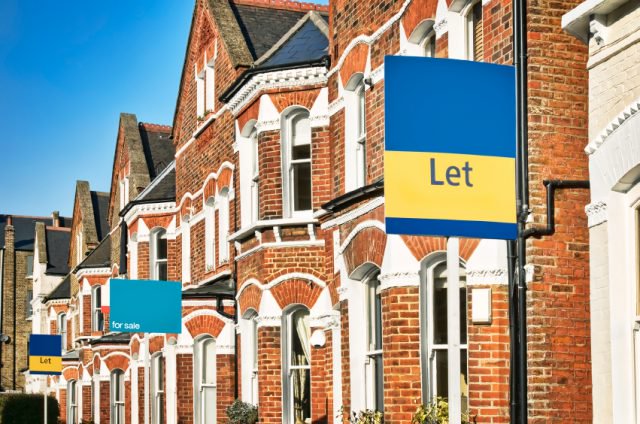Property prices driven up by Stamp Duty rush
Interesting new data has highlighted how the rush from buy-to-let investors to beat the Stamp Duty deadline drove property prices up.
Research from Rightmove reveals that the prices of property coming onto the market was up by 1.3%, or £3,843 to hit a record high of £307,033.
Reform rises
Rightmove also revealed that there were record numbers of visits to the site during March. According to the portal, movement towards the bottom of the market has remained stable, however, demand is showing no signs of slowing down.
Miles Shipside, director of Rightmove, noted, ‘the onset of Spring is traditionally when the housing market swings into full-on action and while the early Easter this year could be credited with its very active current state, the housing market actually received a much earlier kick-start at the end of November. Chains need a buyer at the bottom to enable everyone to move and that was boosted by investors looking to avoid the 3% levy introduced on April 1st.’[1]
The bottom end of the sector with properties with two bedrooms or less has seen greater demand in recent years from both first-time buyers and buy-to-let investors. This in turn has created upward property pressure. As such, there has been a chain of higher property demand in more expensive price brackets, with more people able to move.
Pressure
This upward price pressure has moved into the second-stepper sector, which includes three or four bed properties. Prices in this sector are 0.6% up in comparison to the last month and have seen a year-on-year rise of 8.6%.
Shipside continued by saying, ‘while some felt that there would be a stampede of existing landlords selling to other landlords, these figures indicate that many of those who sold during the buy-to-let rush were actually first-time sellers looking to trade up. They used the heightened demand from investors competing fiercely with first-time buyers to springboard themselves onto the next rung of the housing ladder. After several years of being held back from moving by post-credit crunch price doldrums, they have now benefitted from a heady combination of price growth, historically cheap interest rates and confidence of a quick sale with purchasers working to a tight deadline.’[1]
‘Trader-uppers have now been unleashed and this has spread demand upwards and helped to form longer chains. Interestingly there has been a stamp duty double-whammy effect pushing up prices in these higher sectors too. Earlier reforms in December 2014 reduced stamp duty for all properties priced below £937,000, especially around the previous punitive thresholds, also boosting demand and prices,’ Shipside added.[1]

Property prices driven up by Stamp Duty rush
Advantage
With some buy-to-let investors now not interested in adding properties to their portfolio in the wake of the changes, there is hope from the Government that first-time buyers will fill this void.
Shipside concluded by stating, ‘there’s a whole army of aspiring first-time buyers keen to get on the ladder and they now have a 3% price advantage over the formerly more agile legion of landlords, some of whom have retreated for the time being. First-time buyers could fill some of the gap but sellers of properties with two bedrooms or fewer need to realise that with less overall demand they need to price cheaper to match first-time buyers and highly-taxed investors.’[1]
[1] http://www.propertyreporter.co.uk/hero/btl-chain-reaction-triggers-record-high-prices.html





